The ability to predict which employees are likely to leave an organization could be a game-changer for HR and talent executives.
The Great Resignation continues to make headlines. The issues involved with attracting, developing, and retaining talent cost the US economy $1.8 trillion per year and $7 trillion worldwide. To fully appreciate the impact of turnover, it’s wise to consider the hard costs of intellectual capital loss. Employee churn also has the ugly consequences of reduced morale and performance. But what if you could influence, or better yet, predict who is likely to leave? The bottom-line impact would be considerable.

Several key factors contribute to turnover, but a consistent one is the perceived lack of development opportunities. Most employees want to learn, grow and develop their careers. The EdCast LXP offers a wealth of learning opportunities that sparks the intrinsic interests of employees. Taking this into account, EdCast explored the correlation between employees who actively seek learning opportunities and retention. The theme of employee engagement is supported by a growing body of management literature that shows engaged employees perform better, experience less burnout, and stay in organizations longer.
EdCast’s Study
EdCast recently conducted a study that uncovers a predictive indicator of employee churn. We obtained LXP platform usage data for a medium-sized organization over a five-year period.
All data used in this study was obtained from out-of-the-box reports on EdGraph, EdCast’s data & reporting tool.
We looked at several performance measures including content completions, social activity and employee learning hours. We found by doing linear regressions on the previous metrics that learning hours had the highest impact on employee retention. The results include the following metrics:
1. Account status of users on the platform, whether ‘active’ for an active employee or ‘suspended’ for a churned employee.
2. Measurement of tenure in months is obtained by subtracting the employee’s first engagement on the platform to the date outlined.
In the below figure we see trendlines that show active employees had a higher level of learning hours versus those employees who ultimately left the company.
After splitting employees into two groups (above average and below average based on learning hours), the above average group had a survival rate of 85.8% while the below average group had a survival rate of 61.4% for all employees during the five year period. The average number of learning hours for all employees in the study was 40.1 hours.
At the 1-year mark, the average churned employee had 9.3 hours on the LXP versus 28.8 hours for the average active employee. These results show that employees who spent at least 40 hours on the Learning Experience Platform (LXP) were 39% more likely to stay than employees who spent a fewer number of hours.

Implications
The value of this insight as a predictive indicator cannot be overstated. With this data in hand, organizations can proactively ensure redundancy of knowledge and skills, outline a more effective succession strategy, and plan for potential vacancies. Additionally, HR and talent executives can focus on retaining key talent.
This study by EdCast has demonstrated a strong correlation between learning, skill development, and employee retention. Employees who are more engaged and feel like they have more control over their professional development goals are less likely to leave their employer.
For more information, click here to schedule a complimentary meeting with our experts.
About EdCast
EdCast offers an industry-leading LXP designed to support learners and businesses in preparing for the future of work. The EdCast LXP is a consumer-grade digital learner experience platform that scales to millions of concurrent users, enables a personalized experience, integrates with any number and variety of Trusted Sources of learning, and works on any device. The EdCast LXP enables upskilling and reskilling at scale supports integration with Learning Management Systems (LMS), HR Information Systems (HRIS), Talent Management Systems (TMS), and third-party content catalogs.
Need help in transforming Learning & Development in your organization? We will be happy to help. Talk to us.



